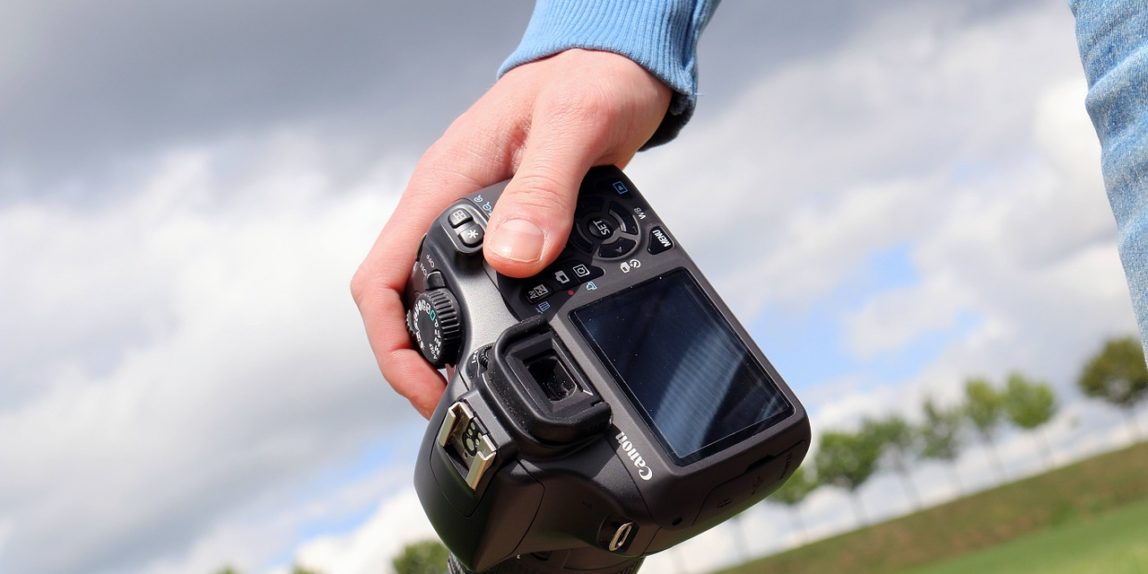I respect women and consider them superior to the male species, says master lensman Prabuddha Das Gupta (45), when you ask him how he gets women to shed their inhibitions (remember his best-selling book on nudes in 1996?). “Women are more rooted and therefore more able to deal with the hardcore reality of things. And that’s because women have to fight a lot more and therefore are compelled to look deeper within themselves.”
Das Gupta did not stop there. “The strongest thing about women is they are able to create life within themselves, which puts them in touch with the heartbeat of life and death. I wish I could do that. I am deeply saddened that I am denied that opportunity.”
It was by now evident that Das Gupta loved women, no questions asked. But I had a niggling doubt. Would he like to be reborn a woman? I ask. He laughs. “Yeah, I think so,” he says. “At the same time, it’s a man’s world. Women are treated as the weaker sex and therefore subservient, and in some cultures, women are treated almost as slaves. In the West, the discrimination is subtler and therefore worse.”
What does he think about the concept of ‘body as battleground’ I ask. The idea stirs him. “To me, the body is full of politics. I am not interested at the merely physical level. I am interested in the representation of the body through the ages. Are we in control of our bodies? Is a woman’s body really her own? How much of it is exploited? What is the idea of female beauty? Is it conditioned by the male gaze? Therefore my interest in women.”
I tell him that when a lensman from Vizag conducted a workshop on nudes in Bangalore, he had to take extra care not to let the owner know what was happening, and not to let the whole world know through the press either. The scenario bothers Das Gupta. “I don’t think repression will do anyone any good. The more you repress, the worse it gets,” he says. “Our sexual energy is a vital part of our lives. The Hindu philosophy advocates it. I don’t see any good in censorship. This repression is another form of control.”
And what about pornography? “I don’t condemn it, so long as it’s two consenting adults; where children and animals are not involved, and where the models are not exploited.”
His book on nudes did go through some labour problems. “Many women were happy to be photographed in the nude. But when the idea for a book came up, they thought of the social repercussions, their families, their neighbours, which was understandable. For many, it was okay to show the body, but not the face and the body in the same image. So I had to hack off some heads, turn the images into formal, sculpturesque forms. And I had to take written consent for every image that went in.” Not to mention, the book was a sell-out.
His Tuff shoes ad, showing models Milind Soman and Madhu Sapre in the buff, except for a snake, created ripples across the nation in 1995. “It was quite frightening. Anything could have happened,” he says. “There was a nationwide debate on obscenity and pornography on BBC, CNN and every other news channel, with brickbats and bouquets flying simultaneously. And to think that it was acknowledged the best fashion campaign in New York.”
Has there been any out-of-the-box campaign that refused to take off? “Many cases,” he quips. “I was to shoot a saree campaign for a silk merchant in Bangalore who was against dark-skinned, and small-breasted women. But I hired a dark skinned model and got a fair skinned model to balance it off. But my lens was 80 per cent focussed on the former model. Those photos never made it to print.”
He has always tried to push the envelope, and niche is his trip. “It’s a small market, but it’s my home because people relate to my work and I share my sensibilities with them. That way, I stay true to my art. But if niche spreads into mainstream, it’s good. I don’t like to be reclusive either.”
And that’s how the Ganjam campaign happened. “Umesh Ganjam (he heads Ganjam Nagappa & Son) saw my book on Ladakh and came to me through Prasad Bidapa,” he says. “He was sick of jewellery advertising, as it existed, and wanted an entire revamp of Ganjam’s imagery, that would be very contemporary and yet, very Indian.”
And what was his idea? “Sand, water, no makeup, foliage…more sensual, more earthy. I dunked the age-old notion of jewellery and made it more wild, more sensuous. Umesh liked the idea, and the campaign was partly shot in Goa and partly at his farmhouse in Bangalore that was earthy.”
And that’s also Das Gupta’s work ethic. “You have to keep evolving, otherwise it’s no fun. Take the fashion images of today. You can’t distinguish one advertising campaign from another. It’s dull homogeneity.”
So which field holds promise? “Indian English films and Indian writers in English. They are dynamic, evolving and pushing the envelope (like the way he shot the Blue Lagoon jeans ads in black and white against a battered old Volkswagen in 1988; it got him the photographer of the year award by the Creative Artists Guild in Mumbai). Otherwise, it just puts me to sleep. I can’t go to a fashion show anymore, or a lifestyle store or even fraternise with the fashion folk…they are the same people, wear the same clothes and ask the same questions.”
Which is why he prefers Bangalore (he moved here in September 2002) to his hometown, Delhi (‘it’s over populated, over aggressive, over frustrated, over chauvinistic’). “There is no social calendar here,” he says. “You can be what you want. I prefer my near anonymity here. Also, it’s the climate, makes economic sense (‘rent is cheap’) and is accessible to interesting places like Kerala. I thought of moving down here ten years ago, but it happened only now, though my original intent was to move to Goa to get away from Delhi.”
I, ME, MYSELF
Prabuddha Das Gupta, age 45
History student-turned-copywriter-turned-photographer
The idea of nudes in 1996 was inspired by his father Prodosh Das Gupta, who was the then director of the National Gallery of Modern Art, in New Delhi.
His first attempt at advertising photography was in 1986 for Blue Lagoon jeans; used an old Nikomat, his friend’s girl friend as model, and Volkswagen Beetle as prop.
Chosen four times as Photographer of the Year by the Creative Artists Guild, Mumbai
Selected for the Yves Saint Laurent grant to spend a year in Paris in 1990
Winner of the New York-based Mercury Gold and Pinnacle awards
Grant from Cannon for the top ten Indian photographers
Done solo shows in Mumbai, New Delhi, London, Paris and Brescia in Italy
Only Indian photographer to be invited with a solo show at the first international Biennale of Photography in Italy.
His favourite films about photographers include Apocalypse Now, and Blow Up
(Published in City Reporter, 2003)

